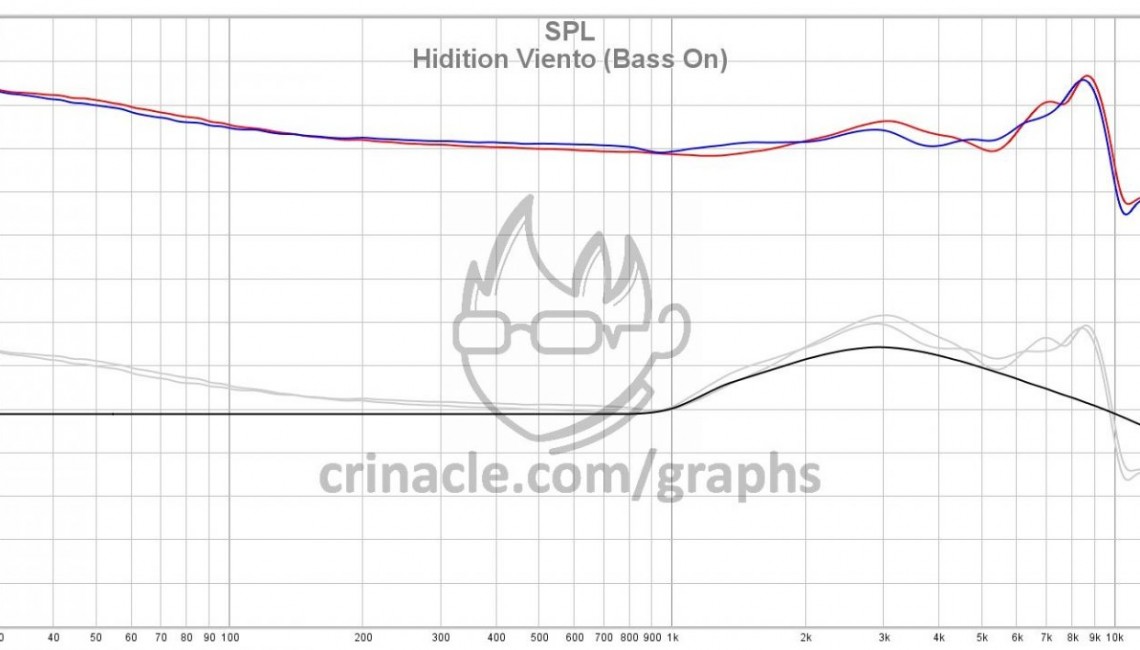
Honest to God, I wasn’t expecting much when I grabbed hold of the ex-flagship for the first time in literal years, but listening to it again felt like reuniting with a long lost friend.
And this isn’t just nostalgic value either. The Viento is still, to put it conservatively, absolutely-freaking-amazing.
And that’s not to say that it lacks in technicalities, oh no. There is zero veil in the Viento (at least in the “A” and “B” configurations), the transients are snappy per BA expectations and the imaging is surprisingly decent. It’s not going to play ball with its tubeless and chambered newer generation cousins, but it’s certainly enough to not pose a problem. All in all, you’re looking at an A+-grade level of technical ability, which is already far ahead of many companies’ own driver-spam flagships.
If that’s not enough, the Reference edition of the Viento comes with two switches that is one of the best implementations of a switch system that I have ever come across.
“A”: The neutral configuration, very Diffuse Field-ish.
“B”: Bass switch activated. Bass begins to rise from 150Hz and below.
“C”: Mids switch activated. A general boost in the lower mids from 1000Hz down.
“D”: Both switches activated.
My personal favourite would be the “B” mode, though I can see myself going with the “D” configuration if I find myself wanting more richness and weight in my notes. And that’s the beauty of the Viento-Reference; it may not be a perfect all-rounder given its subjectively suppressed lower-midrange and relative sterility in its default tuning, but you have the option of going the other direction if you ever desire so.
--------------- Click here for detailed post ---------------

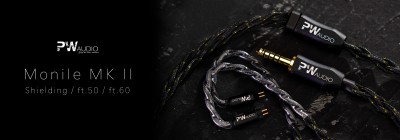
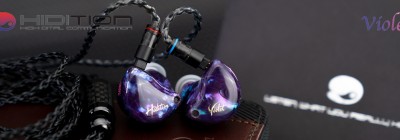



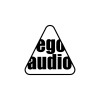






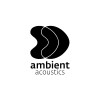


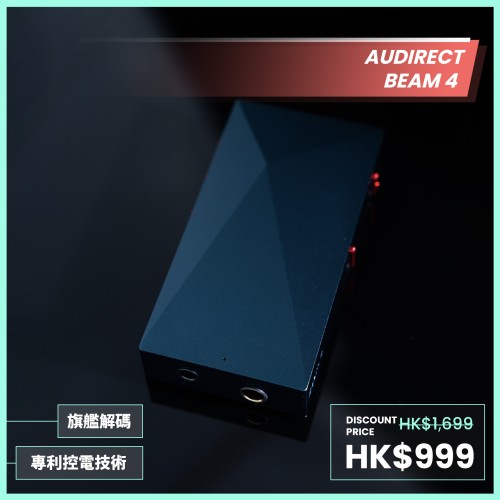
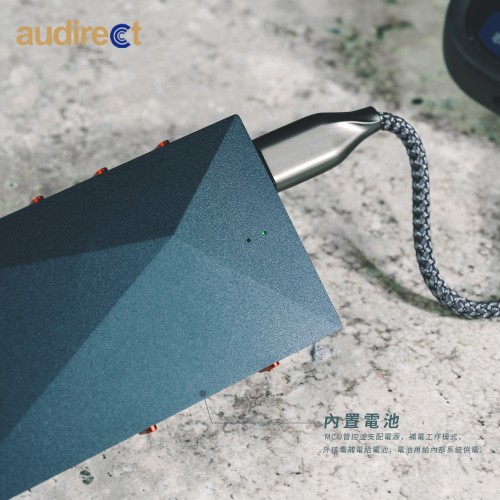

-500x500w.jpeg)


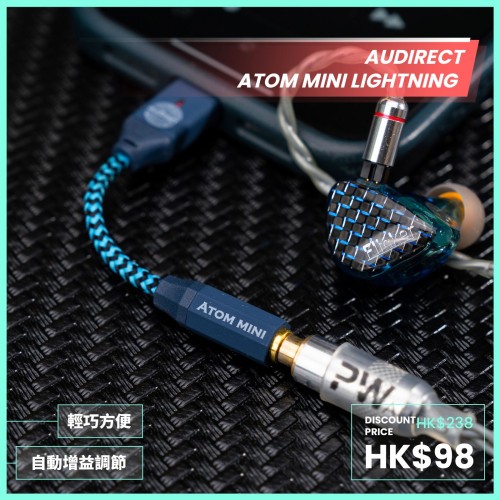
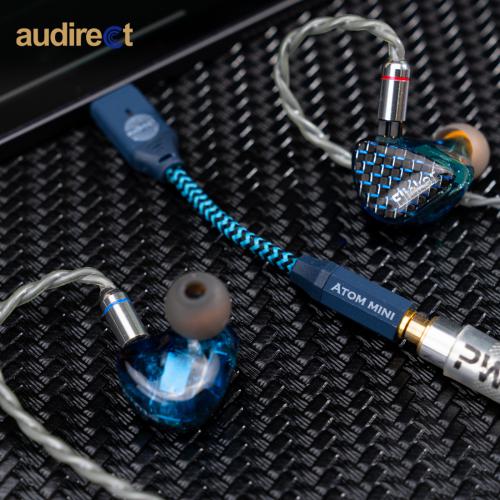
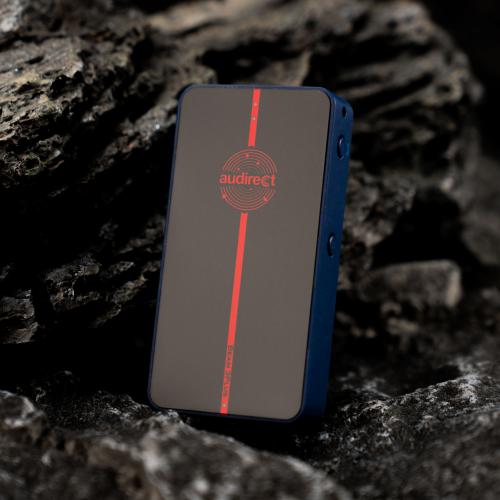
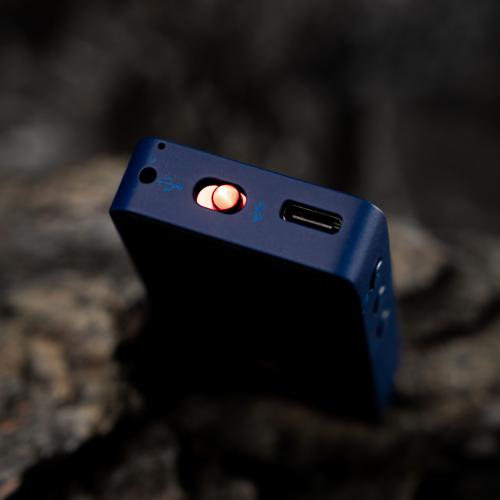
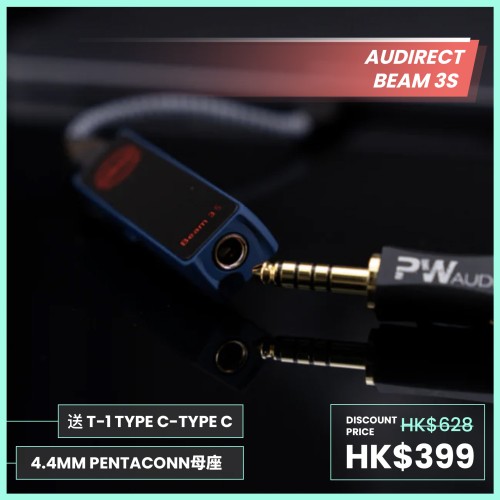
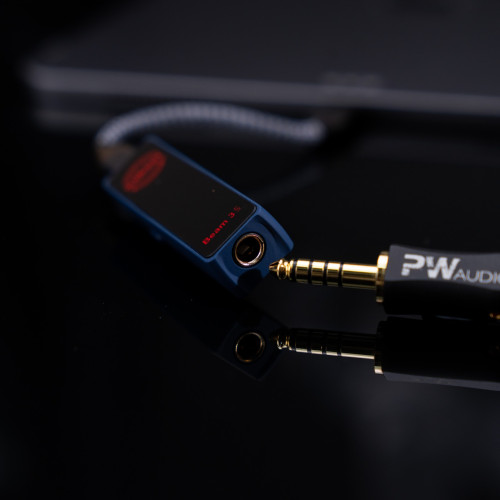
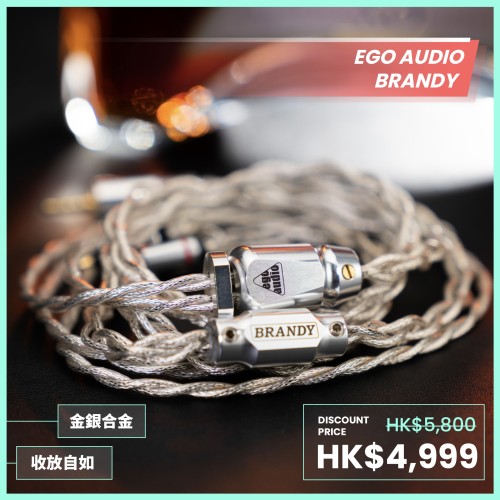

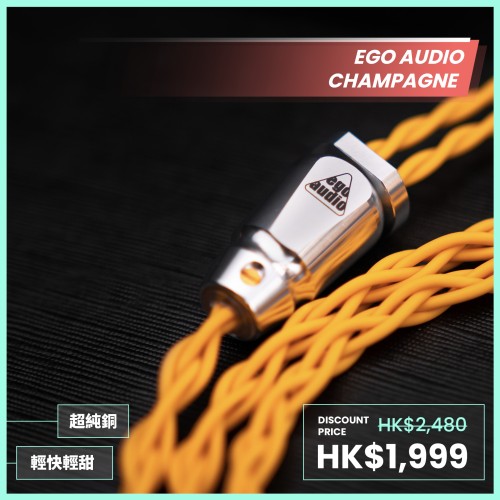

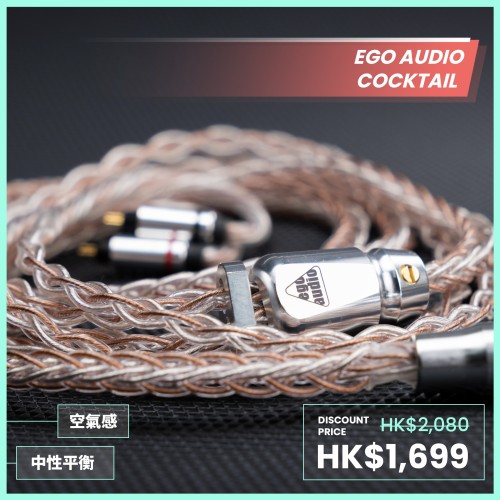



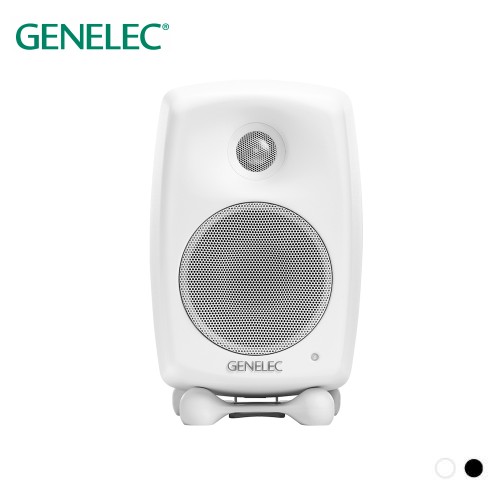
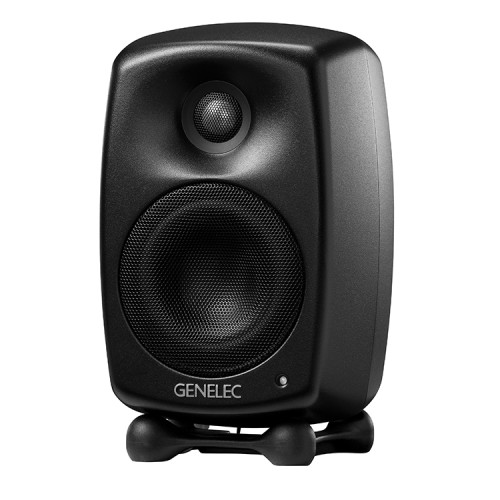
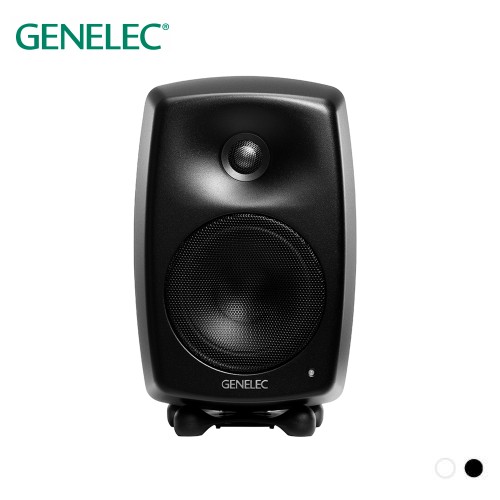
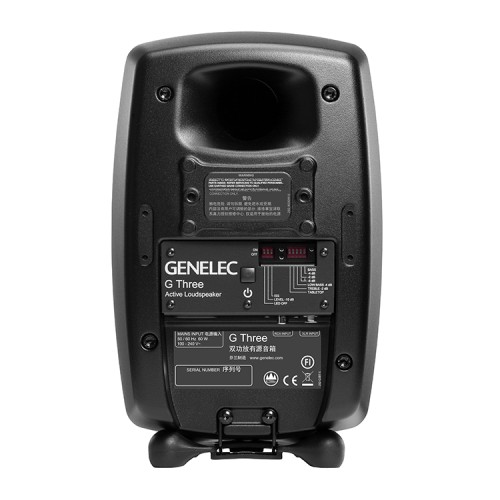
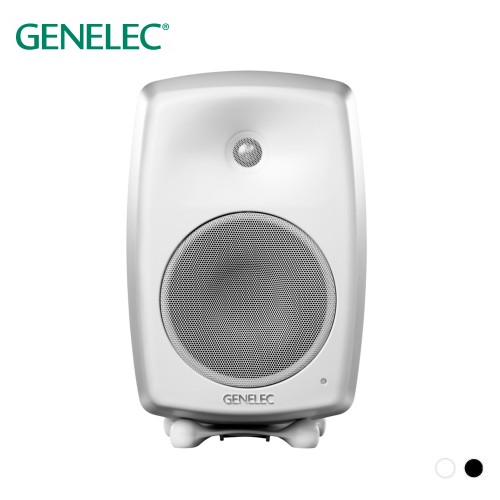
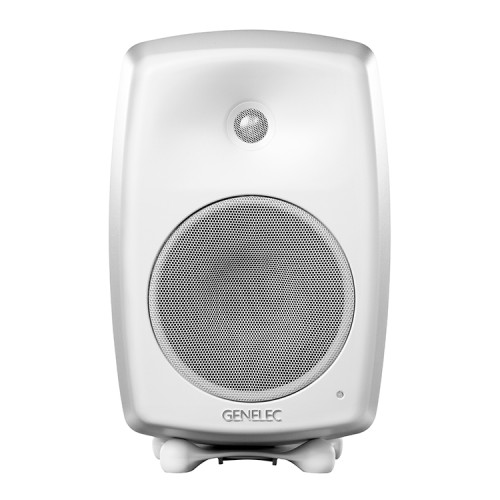
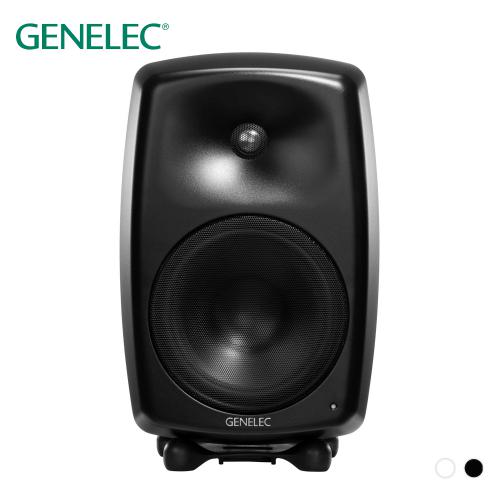
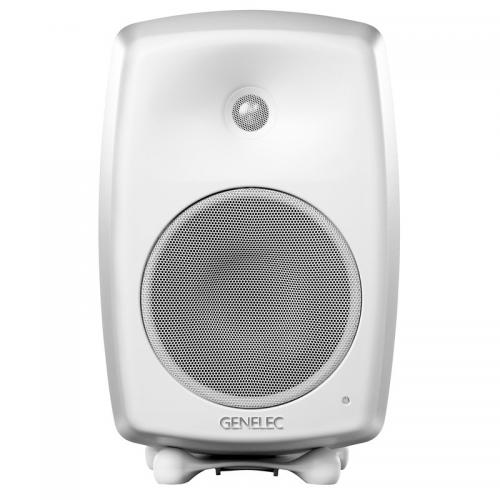
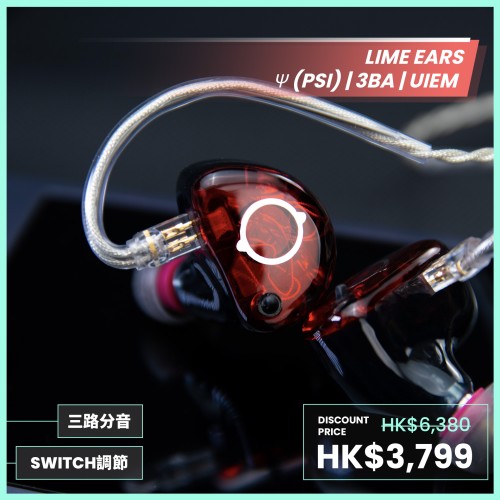
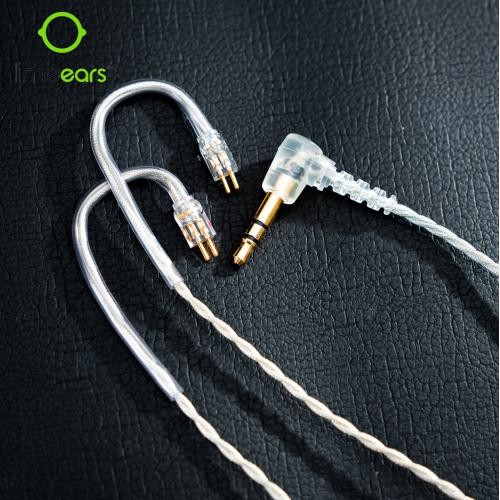

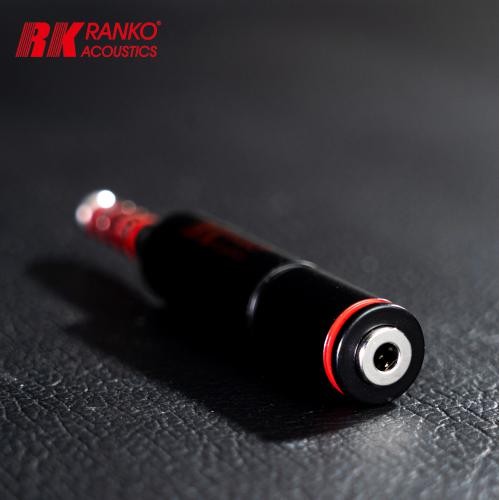

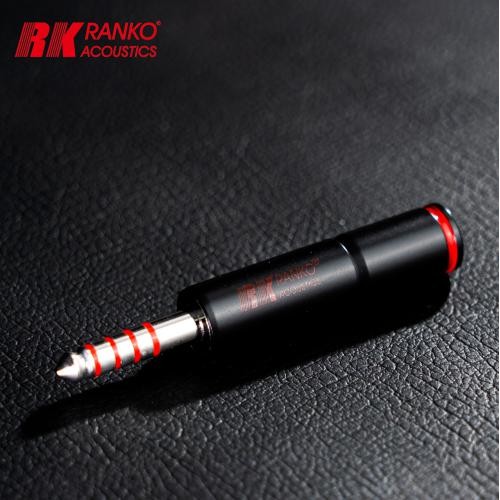

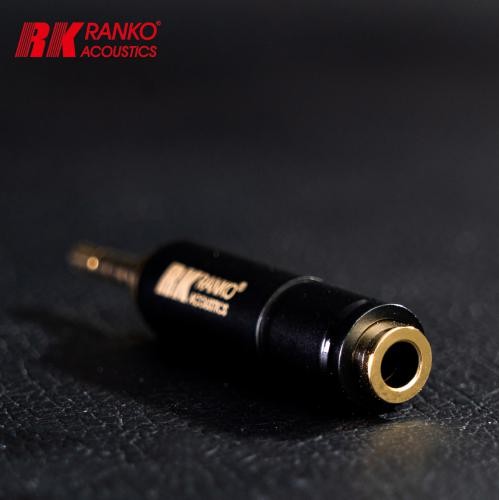
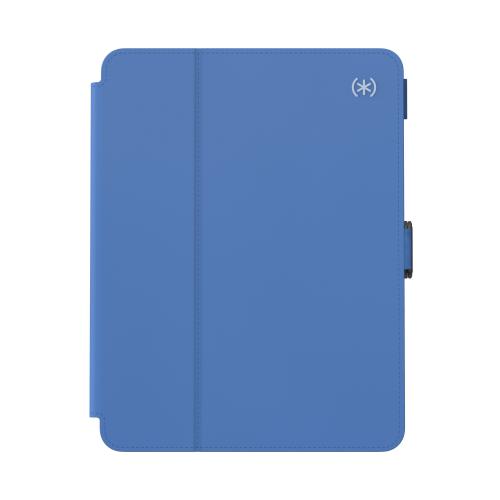
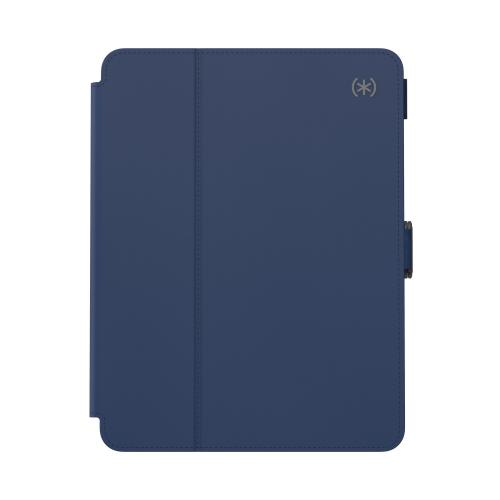


Leave a Comment